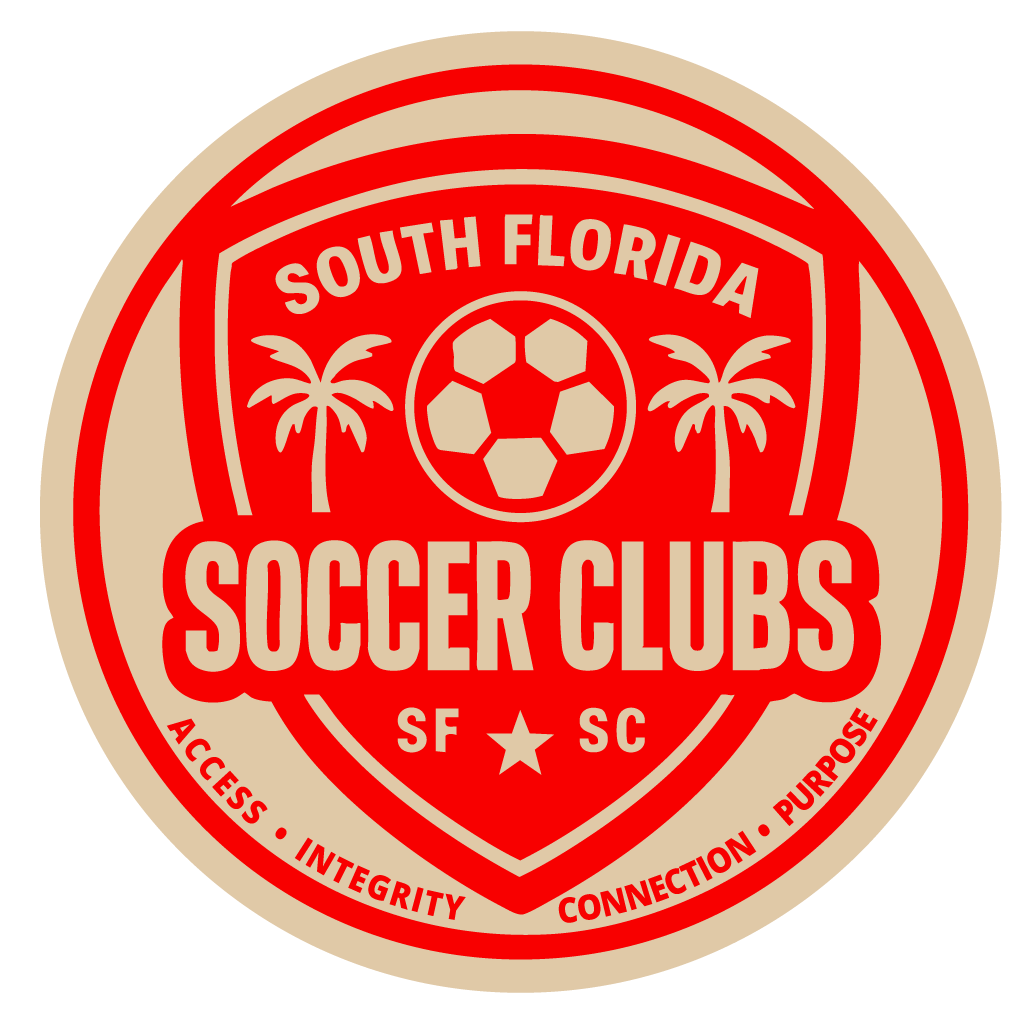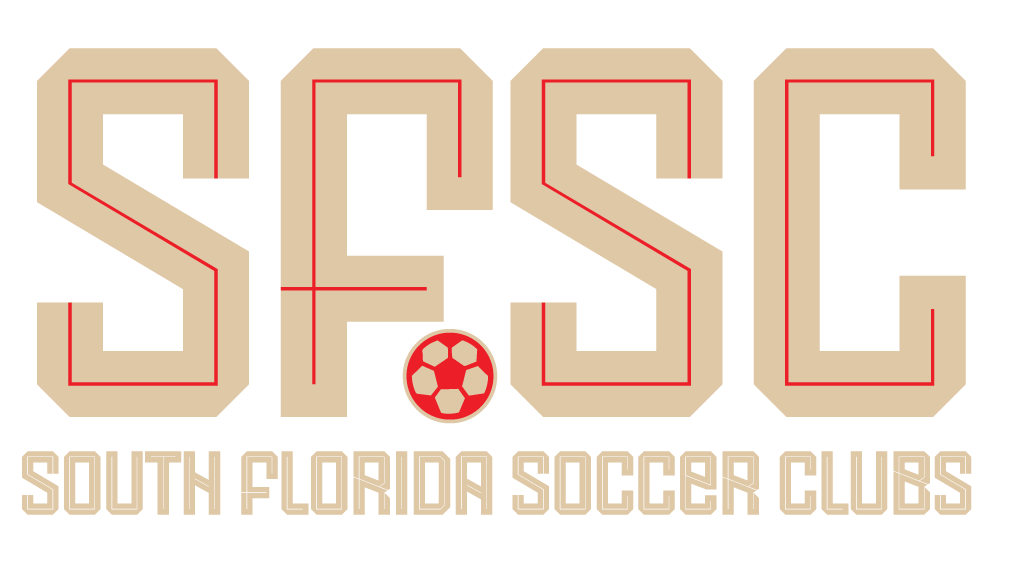MLS NEXT Unveils Sweeping Changes for 2025–26 Season
By banquillo Editorial Staff
MLS NEXT, the top youth development platform in the United States, announced a series of major updates on August 19, 2025 that will reshape how elite youth soccer operates across the country. The changes aim to balance competitive intensity with greater access and inclusivity, reinforcing the league’s position as the leading pipeline for young American talent.
New Division Names
The league has rebranded its competition tiers to simplify and strengthen its identity:
- Homegrown Division (top tier, closest to the pro pathway)
- Academy Division (competitive tier)
This shift places stronger emphasis on the “homegrown” concept that fuels MLS player development.
Playing-Time Requirements
Younger age groups will now have mandated playing-time minimums. This ensures more players gain valuable match experience, a move that development advocates say could improve retention and skill growth.
Expanded Talent ID & Pro Pathway
MLS NEXT will broaden its Talent Identification network, giving scouts and coaches more opportunities to evaluate players nationwide. This expansion aligns with MLS clubs’ ongoing investment in creating a true professional pipeline.
Access & Scholarships
In a groundbreaking move, each MLS NEXT club must now provide at least one full “free-to-play” scholarship per season. This aims to open doors for talented players who may not otherwise afford academy soccer, tackling one of the most common criticisms of the U.S. pay-to-play model.
What It Means for South Florida
For South Florida players and families, the changes are especially impactful:
- Weston FC, Inter Miami CF Academy, and Miami Rush Kendall SC are all expected to adjust their player rotation policies under the new playing-time rules.
- Scholarship opportunities may expand access for diverse local talent pools, particularly in Miami-Dade and Broward where financial barriers often limit academy participation.
- College recruiters will likely pay close attention to how the new divisions affect competition levels and player exposure.
These reforms arrive as U.S. youth soccer faces increasing scrutiny heading into the 2026 FIFA World Cup on home soil. MLS NEXT is positioning itself not just as a league, but as a national player-development system designed to ensure that the next Christian Pulisic or Tyler Adams doesn’t slip through the cracks.
For South Florida, this means more opportunities, more pressure, and a bigger spotlight.




